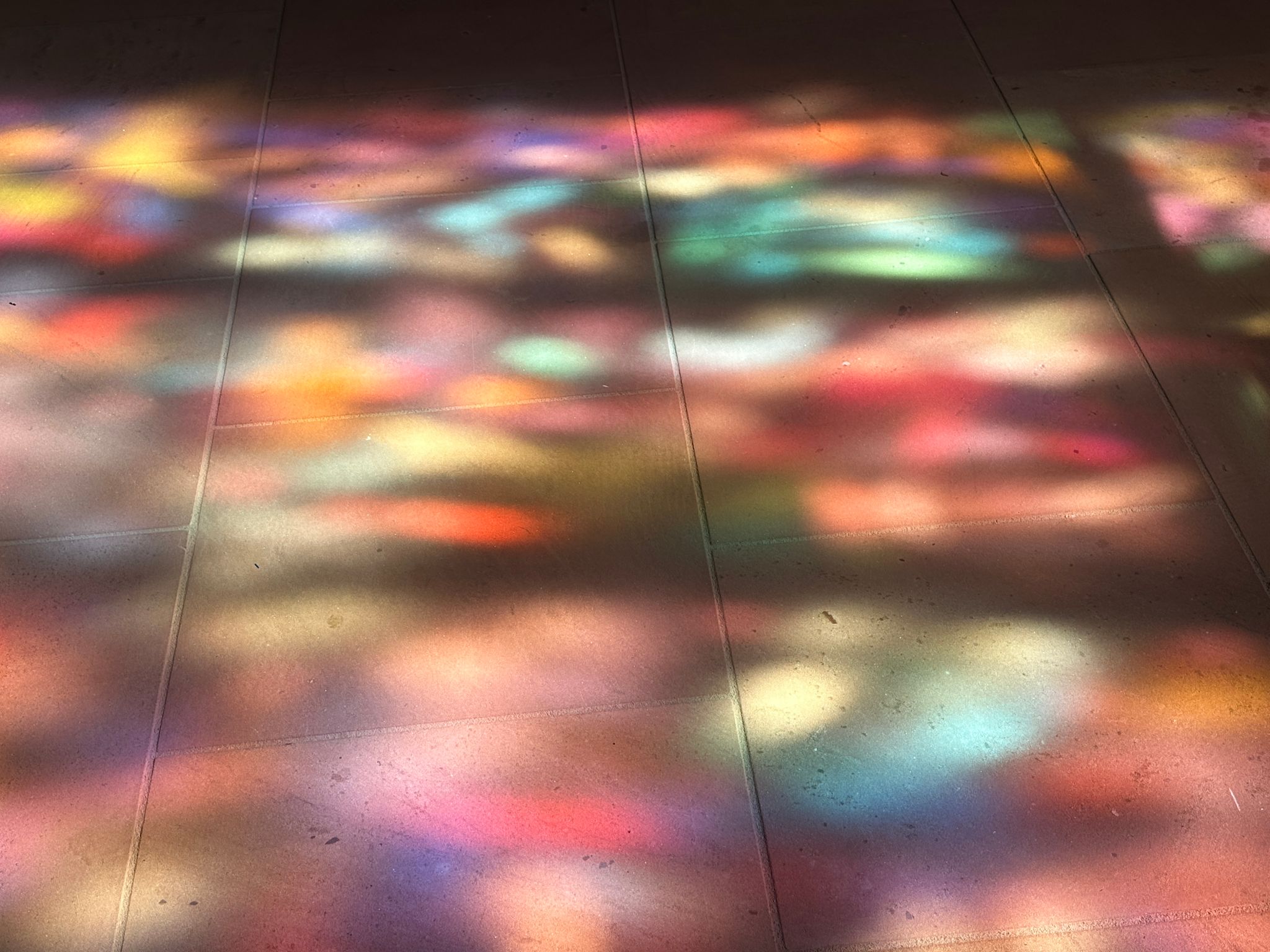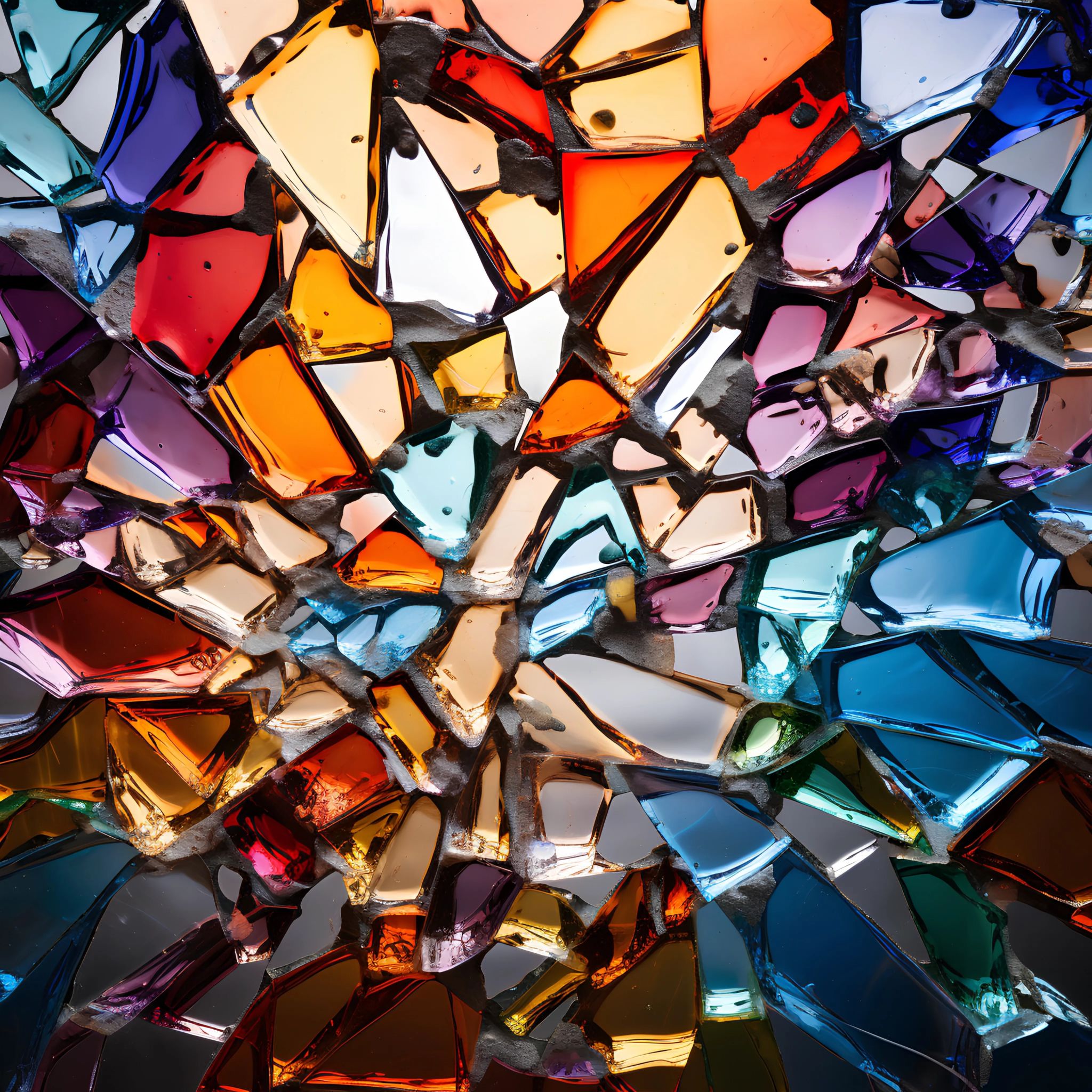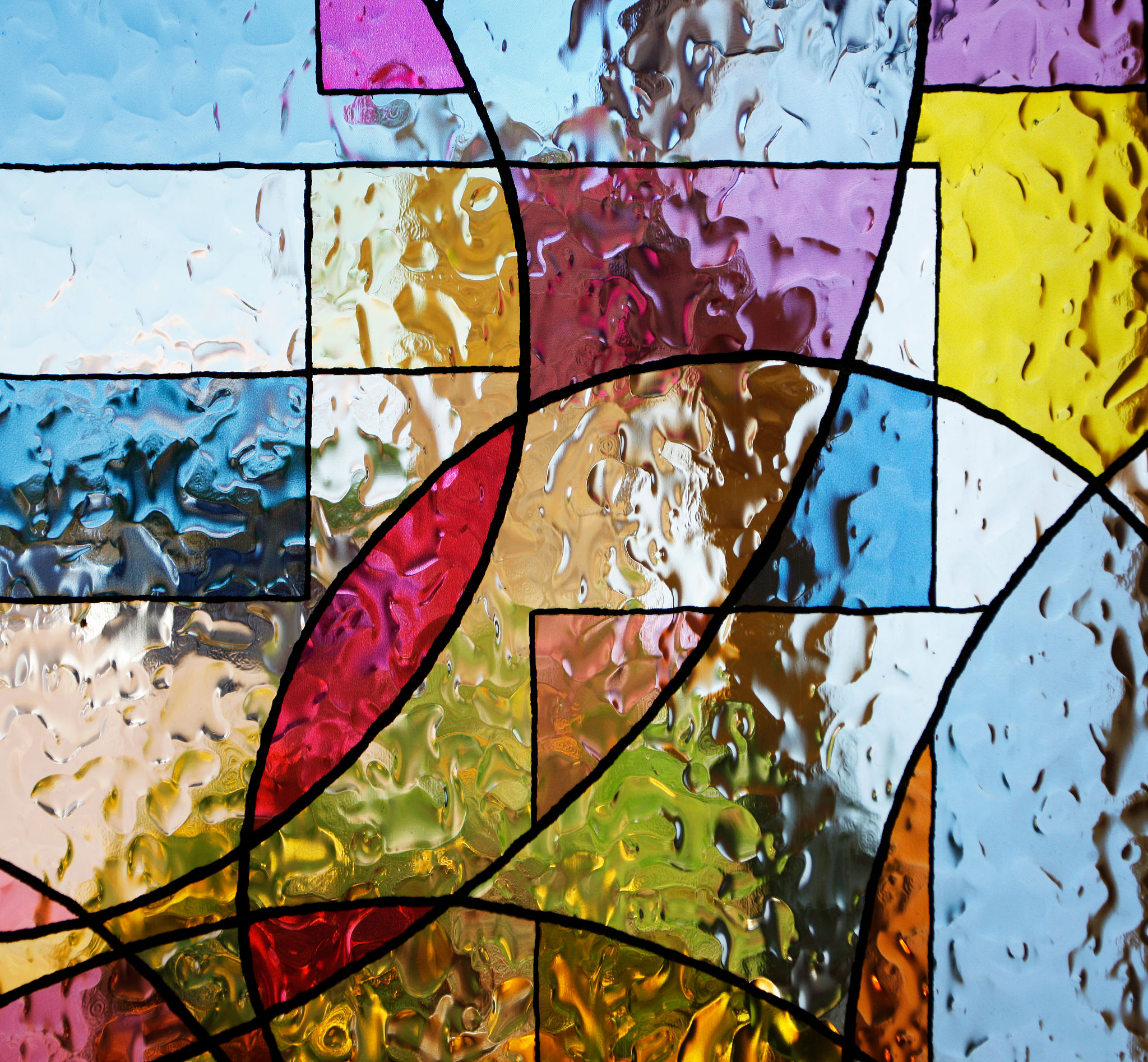Comparing Stained Glass Styles: Traditional vs. Modern Approaches
The Art of Stained Glass
Stained glass has captivated audiences with its vibrant colors and intricate designs for centuries. As a form of artistic expression, it has evolved from traditional methods to modern interpretations. This blog post explores the differences between traditional and modern stained glass styles, highlighting their unique characteristics and the creativity they inspire.

Traditional Stained Glass Techniques
Traditional stained glass is synonymous with historical architecture, often seen in cathedrals and churches. The classic style relies heavily on the use of lead came, a technique where pieces of colored glass are held together by lead strips. This method creates the iconic look of stained glass with bold outlines and a mosaic of colors.
Artists in this style often use hand-painted details to add depth and realism to their work. The process involves painting on the glass surface with special pigments and then firing it in a kiln to set the paint. This meticulous approach is time-consuming but results in breathtakingly detailed images, typically depicting religious scenes or nature.
Modern Stained Glass Innovations
In contrast, modern stained glass embraces a broader range of techniques and materials. Artists today are not confined to lead came; they experiment with copper foil, silicone adhesives, and even digital technologies. This freedom allows for more fluid designs and the incorporation of mixed media elements.

Modern stained glass often focuses on abstract themes and contemporary subjects. Artists use vibrant colors and innovative designs to create pieces that are both visually striking and thought-provoking. The use of new materials such as plexiglass and dichroic glass adds an additional layer of complexity and intrigue to modern works.
Comparative Elements
When comparing traditional and modern approaches, several key differences stand out:
- Materials: Traditional uses lead and hand-painted glass, whereas modern may include diverse materials like plexiglass.
- Themes: Traditional art often features religious icons, while modern pieces may explore abstract or personal themes.
- Techniques: Traditional relies on lead came assembly, while modern allows for innovative methods like copper foiling.
The Intersection of Old and New
Interestingly, many contemporary artists are finding ways to blend traditional techniques with modern aesthetics. This fusion results in unique compositions that honor the past while embracing the future. By combining elements from both styles, artists can create stained glass that resonates with a diverse audience.

This blending of styles is not only seen in individual works of art but also in architectural projects where modern buildings incorporate traditional stained glass motifs. The result is a harmonious balance that reflects both heritage and modernity.
The Future of Stained Glass
As technology continues to advance, so too does the potential for stained glass as an art form. Digital tools now enable artists to design with precision and experiment with new color palettes and textures. As more artists push the boundaries of what is possible, the future of stained glass looks brighter than ever.
Whether you are drawn to the historical beauty of traditional stained glass or the innovative spirit of modern styles, this timeless art form offers endless possibilities for creativity and expression. As it continues to evolve, stained glass will undoubtedly remain a cherished medium for generations to come.
